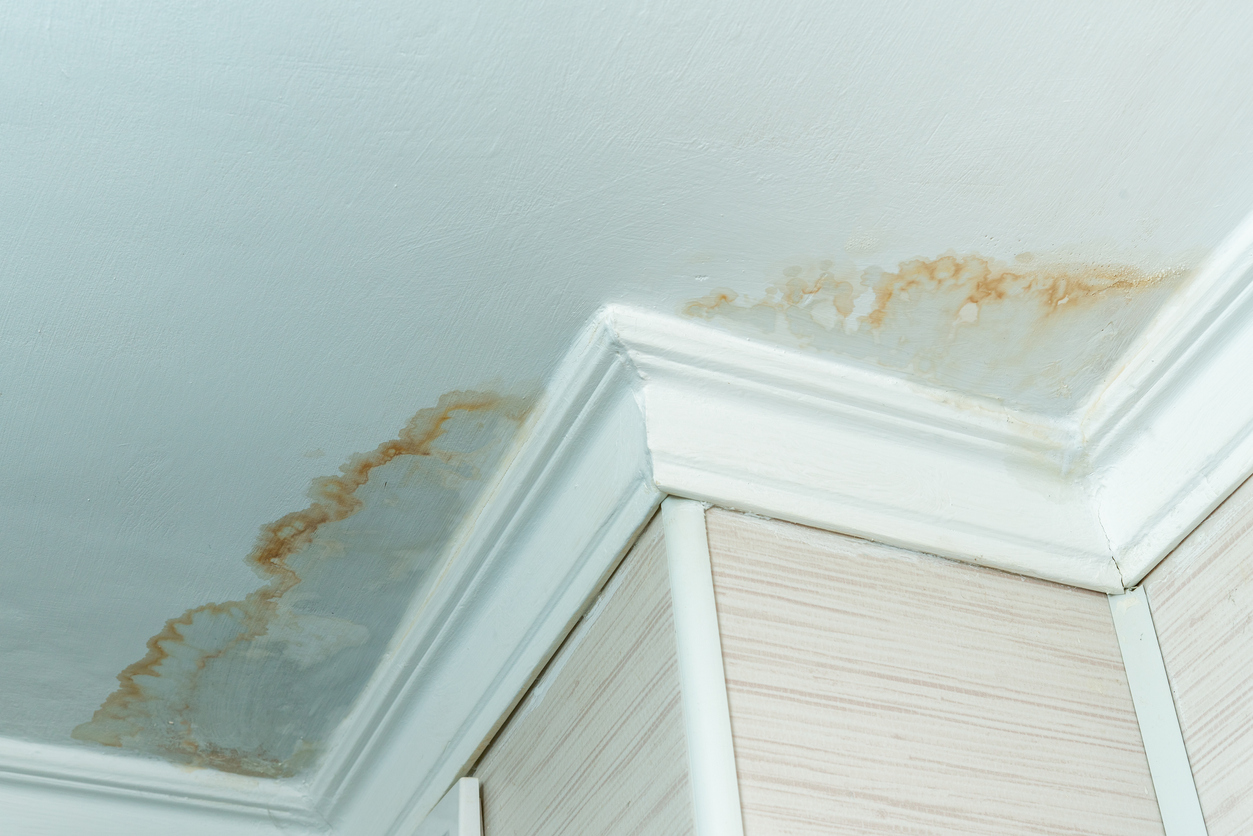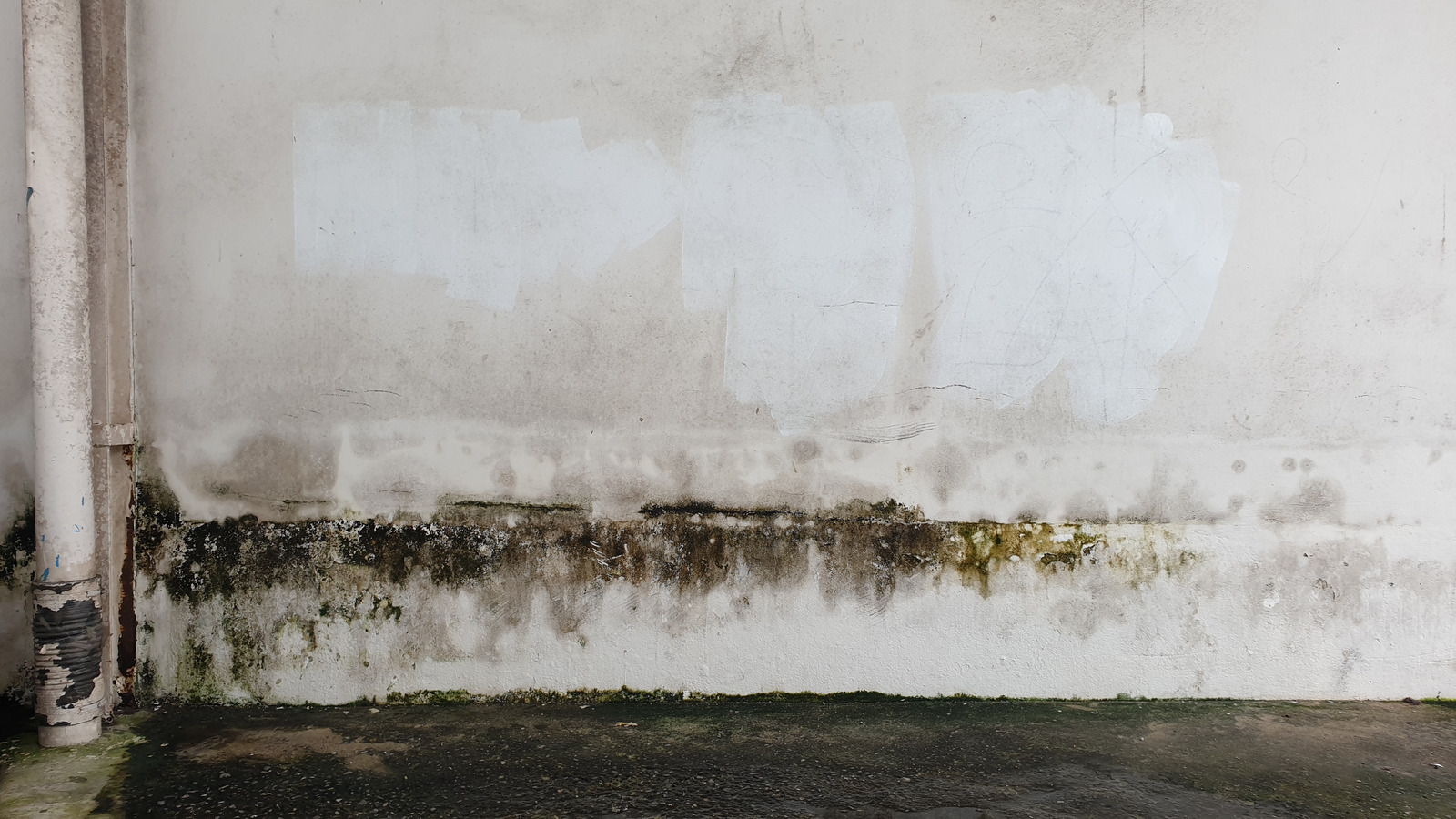Surface Leak Detection and Repair - A Thorough Advice
Surface Leak Detection and Repair - A Thorough Advice
Blog Article
Are you currently in search of resources around Indicators of Water Damage Behind Walls?

Water stains on wall surfaces are not enjoyable to the eyes. Sometimes it appears practically unavoidable to experience water spots on wall surfaces in homes.
Property owners living in humid regions frequently deal with the concern of water spots on walls. With well-shaped and precise information on the causes of water spots and punctual repair processes, you will certainly constantly be an action in advance of such incidents.
3 Common Reasons For Water Discolorations on Walls
Contrary to common belief, water stains on wall surfaces do not always stem from inadequate structure products. There are several reasons for water spots on walls. These consist of:
Moist
When hot wet air meets dry cold air, it triggers water droplets to base on the wall surfaces of buildings. When there is steam from food preparation or showers, this happens in kitchens and also shower rooms. The water beads can discolor the bordering walls in these parts of your house and also infect other areas.
Moist or condensation influences the roofing and also walls of structures. This causes them to show up darker than other locations of the house. When the wall surface is wet, it creates an appropriate environment for the development of microbes as well as fungi. These may have damaging impacts on health and wellness, such as allergic reactions as well as breathing disorders.
Poor Water drainage
This will certainly stop water from seeping right into the walls. This links to too much dampness that you discover on the wall surfaces of your structure.
The leading cause of wet walls, in this case, can be an inadequate drainage system. It can also result from poor management of sewage pipes that run through the building.
Pipeline Leaks
The majority of homes have a network of water pipelines within the walls. It constantly enhances the stability of such pipes, as there is little oxygen within the walls.
Yet, a downside to this is that water leakage impacts the walls of the structure and also triggers extensive damages. An indicator of defective pipes is the look of a water discolor on the wall.
Pro Pointer
A houseplant in your house also raises its moisture. If the home is already moist, you might want to present houseplants with very little transpiration. An example of ideal houseplants is succulents.
Water Spots on Wall Surface: Repair Service Tips
Property owners would generally desire a quick fix when dealing with water discolorations. They would quickly realize this is disadvantageous as the water stains persist. So, here are a couple of handy suggestions that will certainly direct you in the fixing of water stains on wall surfaces:
Final thought
No one wants to have water spots on walls in their house, it can occur to the best of us. This post gives you leverage, as you now understand just how to manage this problem if it does occur.
It is constantly best to recruit professional services to assist repair the problems in your home.
Often it seems practically inevitable to experience water discolorations on wall surfaces in houses.
In contrast to preferred idea, water stains on walls do not always stem from inadequate structure products. There are numerous causes of water stains on walls. The water droplets can tarnish the bordering wall surfaces in these components of your home and spread to other locations.
Below are a couple of valuable ideas that will certainly lead you in the repair work of water discolorations on walls:
CHECKING FOR WATER DAMAGE
Water damage can be costly, and it may begin before you even notice the first signs of trouble. Water damage can cause mold and mildew in your walls and floors, which can create an abundance of health concerns for your family. It can also lead to costly repairs of various appliances and general home fixtures. To avoid the pricey consequences of water damage, here are Warner Service’s top 5 places you should check:
The walls – The easiest place to spot the beginnings of water damage is on the walls and ceilings of your home. If water damage is present, there will most likely be water stains, especially around the windows and doorframes, and/or cracks in the drywall. If a stain looks unusual (discolored to brown, black or gray, raised texture), has a swollen appearance or is soft to the touch, contact a professional immediately. The pipes – To avoid water damage, consistently check the pipes in your kitchen (especially the dishwasher and ice maker), bathrooms, laundry room (specifically washing machines) and basement for corrosion, leaks and water stains. Pay special attention to where the pipes connect in your home and the location of caulking around the bathroom fixtures, including toilets, sinks, showers and tubs. Missing or loose caulking and grout could be signs of leaking water. This seepage can also quickly cause mold and rust, so double check your water heater and tank for wet spots on the floor. The floor – Water damage is very easy to spot on the floor. Look for any warping or buckling of the material, especially in the basement. If your home has wood flooring, look for bright white or dark stains. If your home has carpeting, keep it dry and clean. A damp carpet that smells of mold could cause water damage and health problems. To avoid this, consider installing floor pans under your appliances to help prevent damages from small, slow and undetected leaks. The basement and attic – If your basement or attic smells odd check for mold and mildew around the area, especially the valley where the roof meets. While you are inspecting those areas, check for wall cracks, floor stains, rust and dampness in the insulation. If you live in a colder and/or rainier climate, perform routine checks for water damage from melting snow or ice and rain. The exterior – Check the roof for damaged flashing and missing, cracked or curled shingles. There should also be no standing water anywhere outside your home. This could be caused by puddles, leaky rain gutters or hoses, poor drainage, or short gutter spouts. Invest in a sump pump system or water flow monitoring system, and perform routine maintenance on these outdoor appliances to avoid indoor water damage.

As a reader on , I imagined sharing that piece of content was a good idea. Those who enjoyed our blog posting please make sure you remember to share it. I thank you for reading our article about How to Find and Repair Water Leaking in the Wall.
Guaranteed satisfaction offered. Report this page